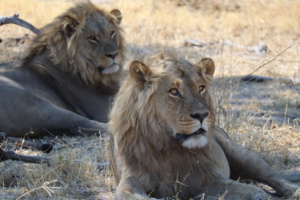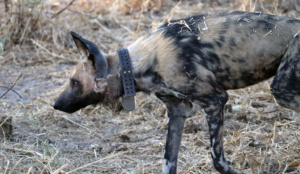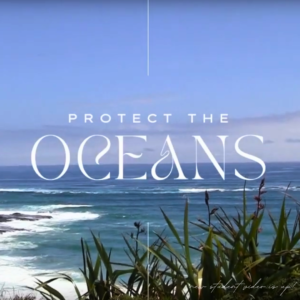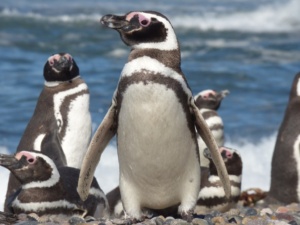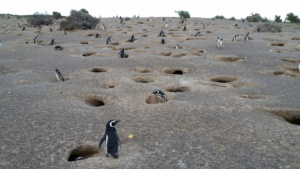Spatial match-mismatch between predators and prey under climate change
Authors: Gemma Carroll, Briana Abrahms, Stephanie Brodie & Megan A. Cimino Journal: Nature Ecology and Evolution DOI: https://doi.org/10.1038/s41559-024-02454-0 “Climate change is driving a rapid redistribution of life on Earth. Variability in the rates, magnitudes and directions of species’ shifts can alter spatial overlap between predators and prey, with the potential to decouple trophic interactions. Although phenological mismatches between predator requirements […]
Spatial match-mismatch between predators and prey under climate change Read More »
